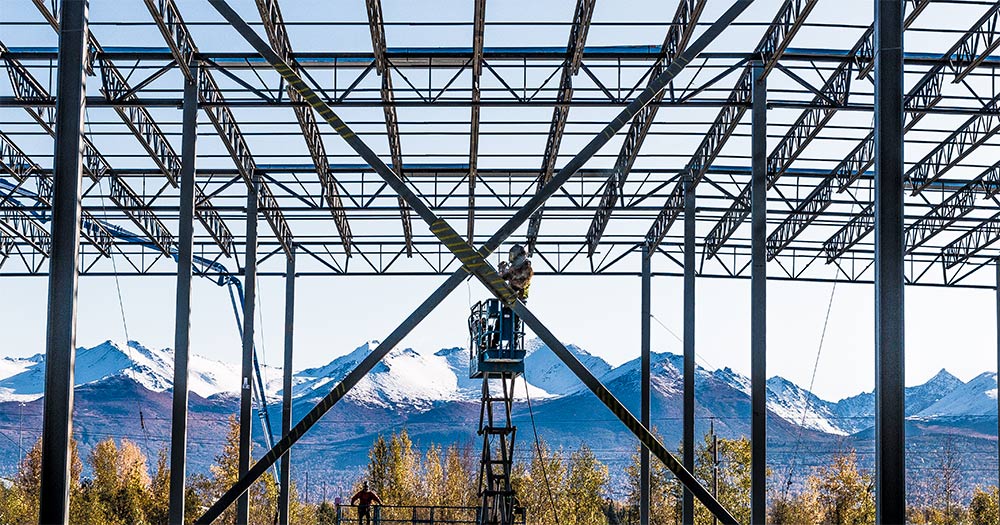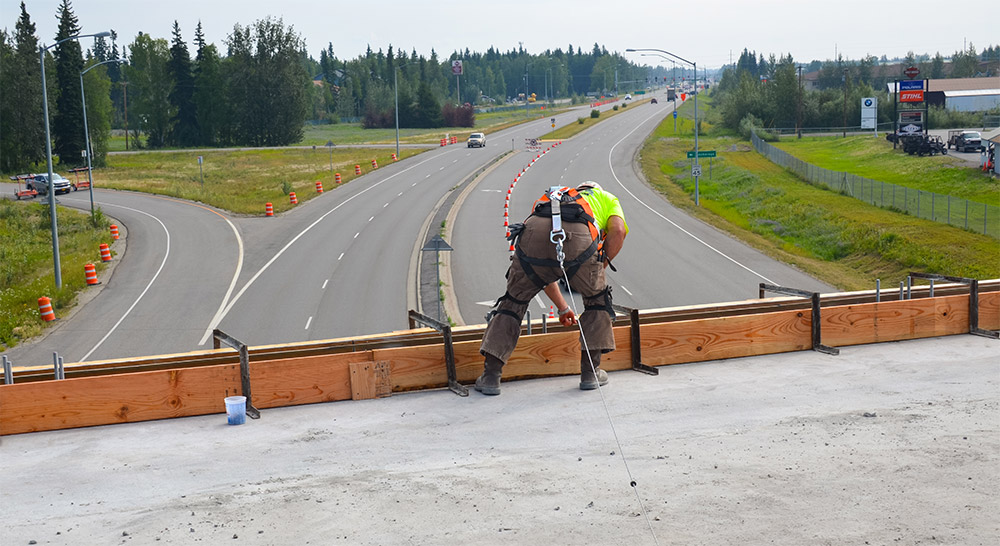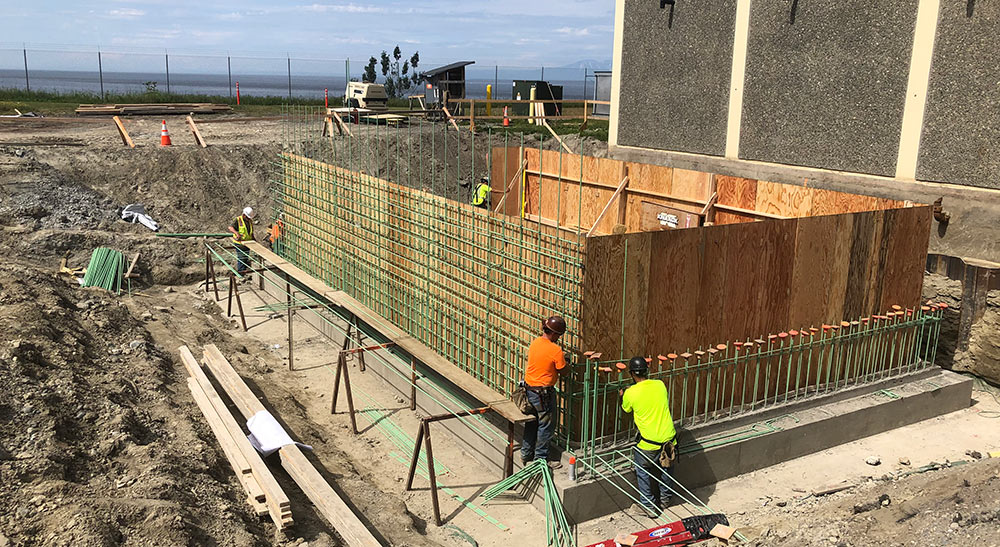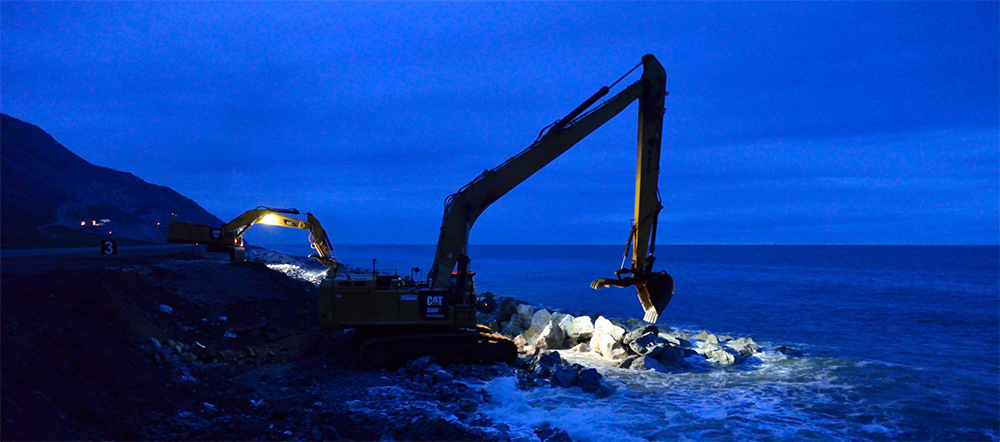
he construction industry leaves a huge footprint on Alaska’s overall economy.
When all job categories are included—direct, indirect, and induced—the Alaska construction industry affects 42,000 jobs and about $3.4 billion in wages.
Alaska’s construction economy accounts for nine percent of the jobs in the state and 10 percent of the economy, says McKinley Research Group, the research and consulting office that compiled the January 2021 Economic Benefits of Alaska’s Construction Industry and 2021 Construction Spending Forecast for Associated General Contractors of Alaska and the Construction Industry Progress Fund. The spending forecast was presented at a webinar January 28.
While the economic benefits to the state are significant, the current forecast for the industry is a little foggy. Overall wages are expected to go down by about six percent this year, and will be a little more dependent on public construction funding than in previous years. Public-sector spending is usually a third of overall construction spending, says McKinley Research economist Katie Berry. This year it’s expected to make up about half.
“Oil prices and COVID are all factors impacting private companies’ ability to invest,” Berry says.
AGC of Alaska Executive Director Alicia Siira says AGC of America is addressing a rise across the US in delayed or cancelled projects, lower business volumes, and expected staffing cuts in construction firms with an effort to underscore or improve training programs and create new recruitment outreach plans called “Construction is Essential.” The effort, launched in January, uses targeted digital advertising to reinforce local and regional construction workforce campaigns.
“The outlook for the industry could improve, however, if federal officials are able to boost investments in infrastructure, backfill state and local construction budgets and avoid the temptation to impose costly new regulatory barriers,” says AGC of America’s Chief Executive Officer Stephen Sandherr. “But even as we work to advocate for measures to rebuild demand for construction, we also need to take longer-term steps to continue developing the construction workforce.”
At the webinar, Siira fielded several questions from those attending via Zoom. One attendee asked if oil and gas spending projections considered any recent executive orders made by incoming President Joe Biden and his team. Berry says staff working on the January spending report analyzed all data available through the final quarter of 2020, but were unable to analyze the impact of executive orders or other legislation issued after President Biden was inaugurated.
“It’s a little unclear,” Berry says.
$1.1 billion
$130 million
$50 million
$300 million
Care $240 million


Commercial $50 million

$350 million

$525 million
$290 million

$465 million


and Railroad $355 million
Government $140 million
Government $280 million
